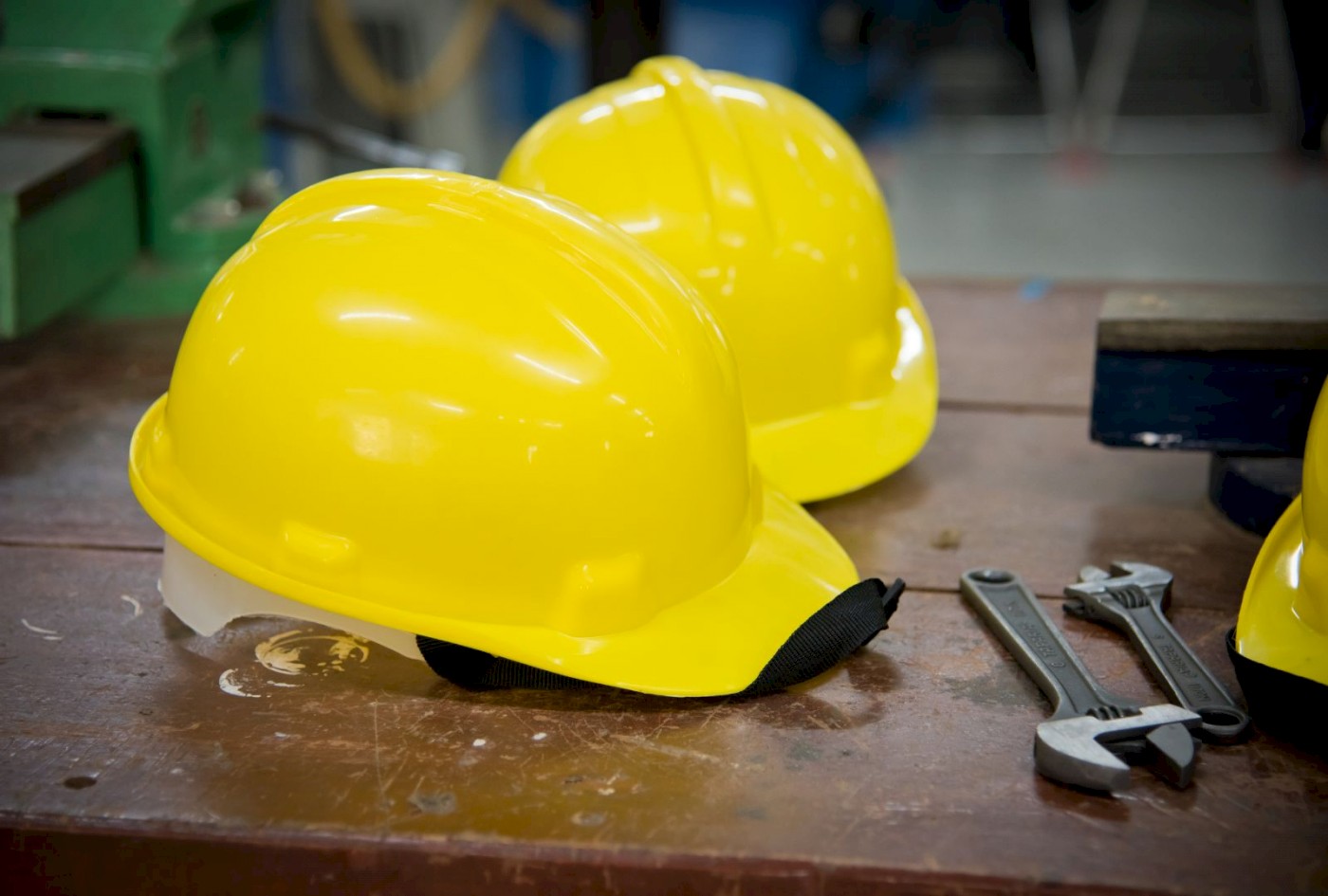
Think safety: At the airport, airline staff servicing the planes wear a yellow jacket with the words, ‘I am here to keep you safe’. At any clinic, nurses wear gloves and dispose of the used syringes, bandages, and other medical trash in a pre-defined manner. There are signs like ‘Speed thrills but kills’ all along the highways. As the Omicron variant BF.7 sees a spurt, guidelines on safe practices, such as maintaining a distance, wearing masks, and testing, have been issued again.
Safety is critical to life. We may not realise it, but almost everything we use has safety intrinsically involved - the LPG stove, electrical switches, food too. We trust the activities we are involved in on a daily basis and the food we consume to be safe, mainly because stringent laws and regulations govern them. All nations strive to make citizens safe by reducing injuries and deaths through strict safety norms. Even so, in India, every year, about 1.5 lakh people die on the roads[1], and every day 35 people lose their lives in fire incidents[2]. Academic institutions also witness accidents, resulting in damage to expensive facilities and sometimes in the tragic loss of life. It is estimated that the socio-economic cost of road accidents in India is about 0.35 to 1.5 per cent of GDP [3].
Organisations in sectors such as manufacturing, construction, chemical, food industries, hotels, and hospitals, to name a few, have well defined safety norms that are strictly followed by every person in the premises, visitors included. A good safety record not only makes good business sense – safety enhances productivity but also reduces injury, but also enhances the quality of life for all. On a visit to a large engineering manufacturing factory, we noticed a prominent display at the entry, which stated, ‘Today is our 1532nd successive day without an accident’. The executives explained that safety is the first and most important aspect that clients and potential clients look for in their organisation.
At academic institutions, safety is a significant issue in laboratories and workshops; major accidents have occurred in almost every institution in the recent past. An important difference in comparison with a professional organisation is that while the latter has a largely stable workforce, this is not the case in academic institutions where there is a fresh batch of students each year. Consequently, promoting safe practices has to be a continuous effort.
As work leaders of tomorrow, you can do certain things to enhance safety, but many other aspects are beyond your individual capacity. These aspects are in the realm of governance and formulated via laws, rules, and regulations, and that’s where as leaders, you can influence policymaking to build safety practices. These include building roads and buildings safe by design via traffic signals and rules, ensuring building fire safety, gadget design norms, and enforcement, among others.
Although we all want to be safe, we take risks frequently by bypassing or ignoring safe practices, routinely or occasionally. Our mind tells us, ‘The probability of something going wrong or an injury occurring is minimal, so why bother.’ One example is of two-wheeler riders not wearing a helmet. In some situations, safety is seen as a nuisance that decreases productivity and adds to costs. Consequently, we routinely hear about major factory accidents, but more minor accidents happen all the time.
The safety issue at academic institutions was best summarised by an industry expert at an industry-academia conclave on the Ahmedabad Campus recently. While offering suggestions on what institutions can do to make graduates job-ready, he said that the most important learning for students is to imbibe safe practices. Campus safety has many facets, including facilities, classes, laboratories (the most important), and activity spaces. Potential hazards in laboratories are related to electrical wiring, chemical spills, heat, smoke and vapours, fires, impact with objects, unsafe floors, inadequate lighting, and more.
Some safety hazards arise from infrastructure design, while others are practices that students follow. Accidents/mishaps/wrong decisions are more likely when you are tired physically or mentally, distracted, or not feeling well. Besides, prolonged desk work, mostly computer-based, has adverse health implications, such as backaches, headaches, burning eyes, carpal tunnel, etc.
Making workspaces and laboratories safe starts at the building design stage, which must involve consultations between the end users (faculty, technical staff, and students) and the architects/constructors. The next step is a well-defined safety protocol and an implementation and monitoring plan. For a start, safety measures in a laboratory would include: no loose/flowing clothing, no loose hair, no uncovered feet, keeping cell phones away from the work area, reviewing safety equipment before starting work, keeping passages clear for movement, wearing eye protection, wearing appropriate gloves, and never working alone in a laboratory/workshop.
Safety training must be institutionalised by practices, such as displaying safety labels as per standards, regular safety audits, fire safety drills, and first-aid training. There could even be penalties for violators.
The cost of being unsafe shows up as a loss in production, disabilities to personnel, damage to equipment, and degradation in the quality of life for the injured/disabled person, not to mention the loss of life and its social consequences. Even more severe is the loss of reputation for the organisation. Losses at academic institutions include, beyond the foregoing, loss of data, damage to expensive equipment, and unattractiveness as an education destination.
Finally, a word about accidents. One school of thought among safety researchers backed up by data is that ‘accidents’ are not the outcome of bad luck or chance but the expected outcomes of unsafe design and unsafe practices. It is up to us as individuals to do what is in our best interest and the best interest of everyone as regards being safe. The first step in such a journey is to follow safe practices everywhere and have a safe working environment.
Sunil Kale
Dean, School of Engineering and Applied Science